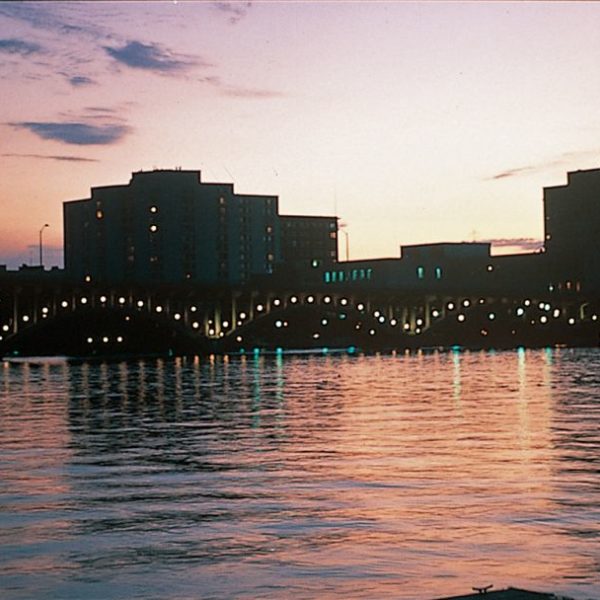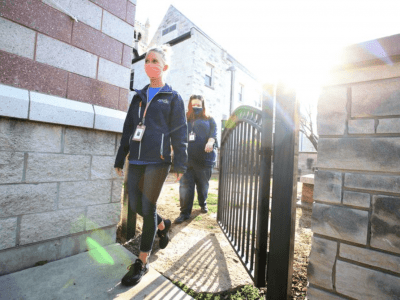
There’s a story often told about Angie Walker, the homeless program coordinator in the city of Rockford, Illinois, a city of 150,000 people about 85 miles northwest of Chicago. In addressing Rockford’s population of chronically homeless individuals, she got to know a man who had lived on the streets for several years, resisting efforts to be housed.
In one of her visits, he expressed disappointment he couldn’t watch the Chicago Cubs play in the upcoming World Series without television. Walker made an offer on the spot: if he agreed to housing in a nearby short-term residency hotel, there’d also be television to watch baseball. He agreed. After the Cubs’ historic win, the pair worked together to eventually secure a more permanent living arrangement.
The story resonates because it’s the kind of determination, creativity and personalized service that’s come to define Rockford’s work with homeless individuals. Since 2014 — when the Obama administration called on U.S. mayors to end veteran homelessness — the city’s Human Services Department has “changed its entire system — everything we do,” according to Walker, to reduce its homeless population to “functional zero.”
Functional zero technically means that the number of people who are homeless is no greater than the monthly housing placement rate. More generally it’s understood as a well-coordinated, data-driven effort that assures homelessness is rare, brief and non-recurring, with no one forced to live on the street.
After Rockford brought veteran homelessness to functional zero, the city did the same for its chronically homeless population. Next was youth homelessness, which Walker expects to bring to functional zero in the coming months. The city’s final focus, to be addressed through 2020, is on single individuals and families experiencing homelessness.
Walker’s efforts trace back to two different initiatives emerging around the same time. The first was the Mayor’s Challenge to End Veteran Homelessness launched by the Obama administration, which prompted Walker to email then-mayor Lawrence Morrissey, encouraging him to sign on to the challenge. The second, which Walker stumbled upon online, was an initiative by the nonprofit Community Solutions that helped cities adopt a goal of functional zero.
The Built for Zero movement, which launched in 2015, includes a framework that goes beyond housing construction and investment and includes an integrated “command center” team collecting real-time, by-name data of everyone experiencing homelessness in a community.




